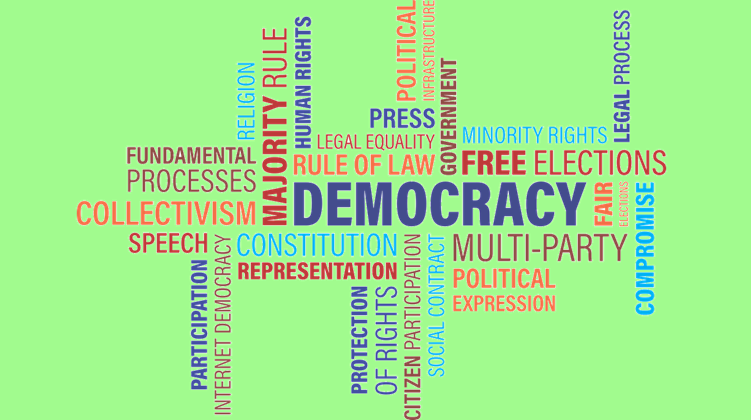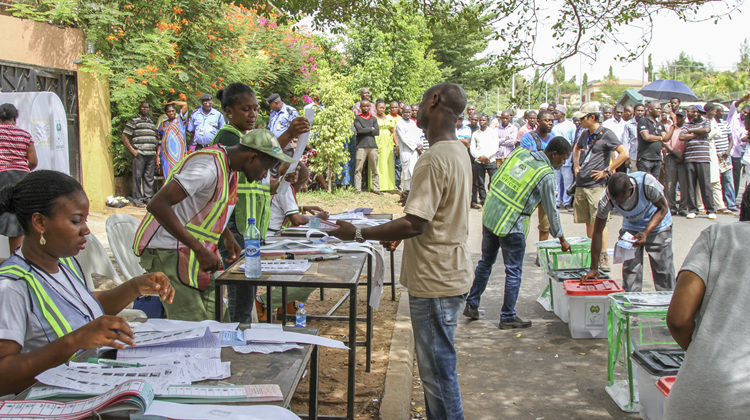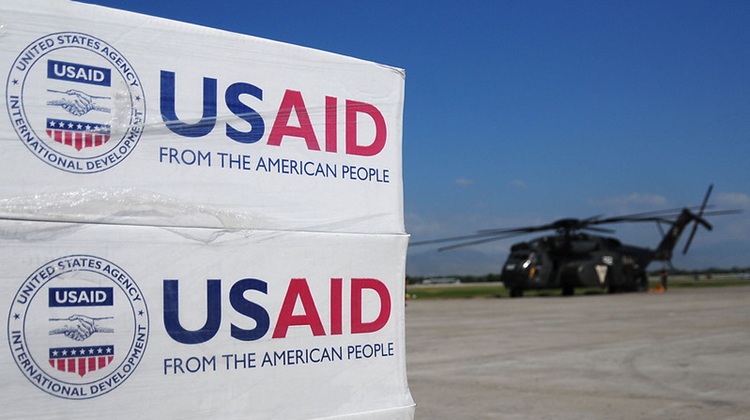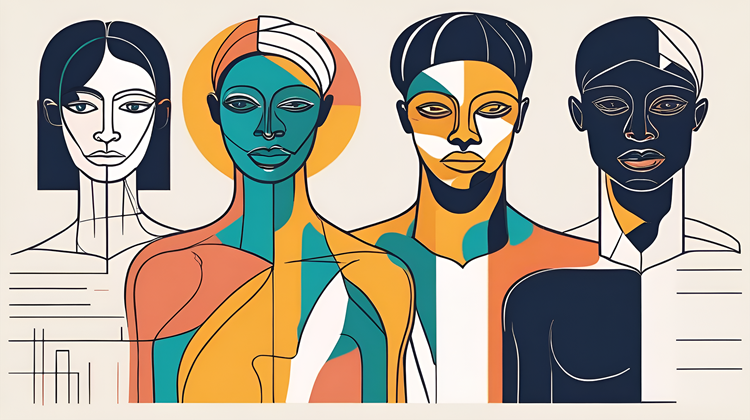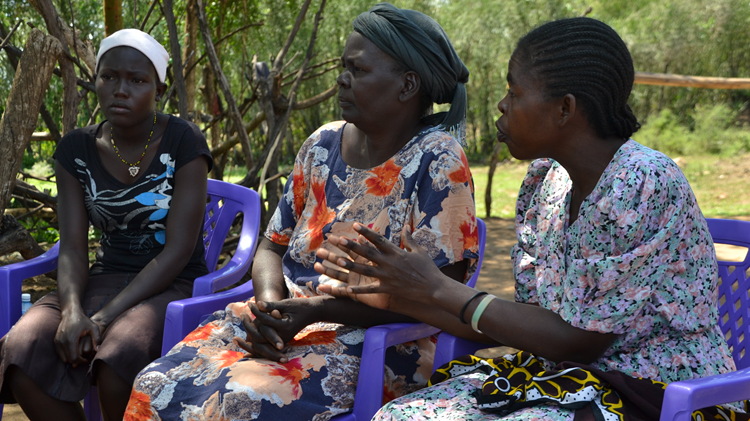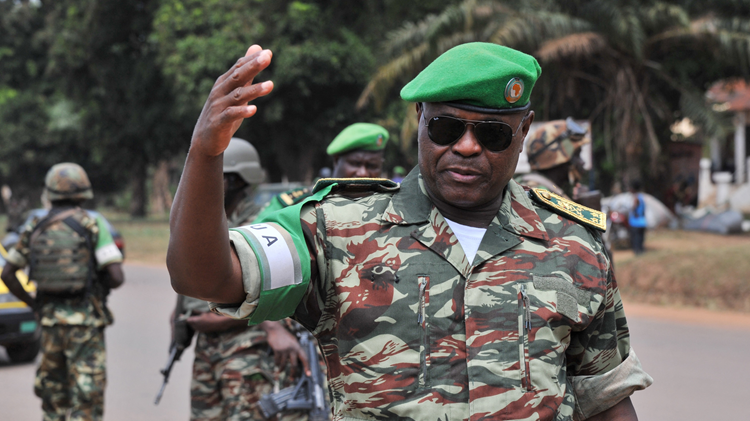From instability to inclusion in West and Central Africa
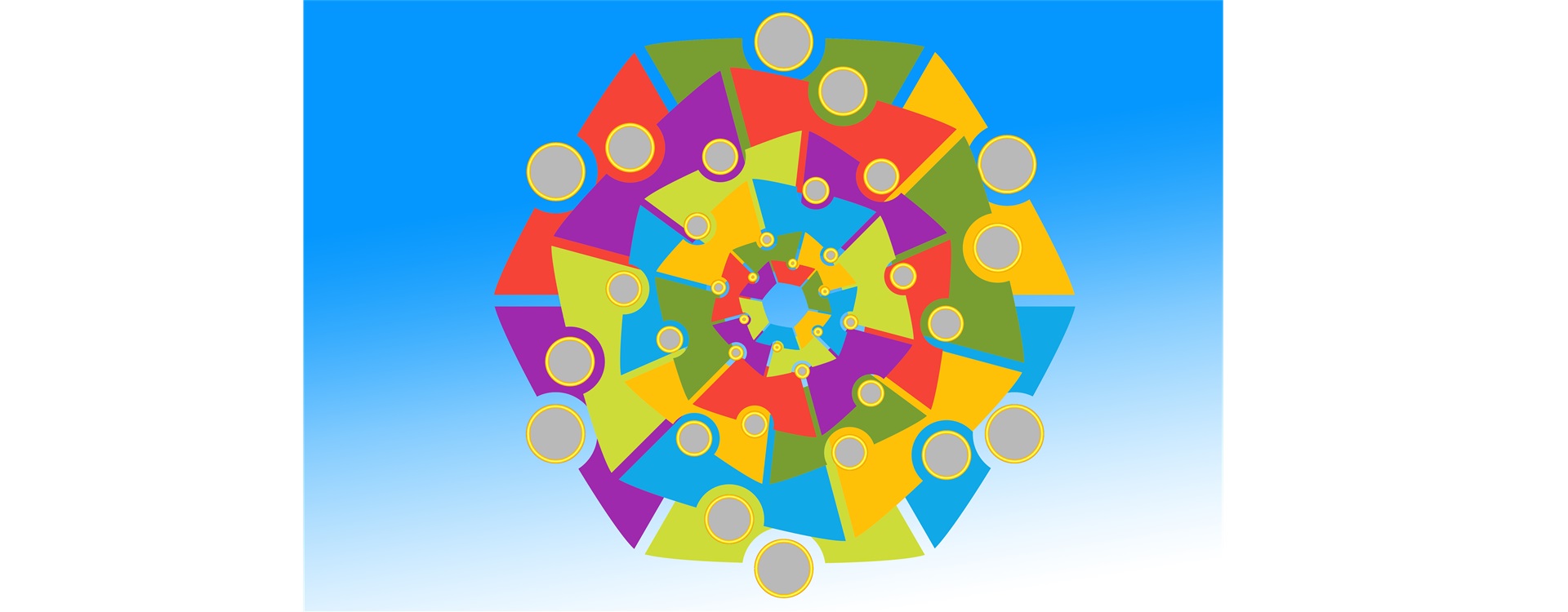
As political dynamics shift across West and Central Africa, inclusive development is becoming essential for achieving lasting stability and growth.
In recent years, West and Central Africa have witnessed a surge in complex political transitions, many marked by instability, conflict and governance challenges. Since 2020, the regions have seen a wave of military coups and unconstitutional changes in government. Countries like Burkina Faso, Guinea, Mali and Niger have all undergone military takeovers, further deepening political instability, straining already fragile governance systems, and worsening social and economic vulnerabilities. Against this backdrop, the Advancing Inclusive Development: Policy Options for Burkina Faso, Guinea, Gabon, Mali and Niger report produced through a collaboration between the African Futures & Innovation team at the Institute for Security Studies (ISS) and the United Nations Development Programme (UNDP), takes a closer look at the socioeconomic and governance challenges these countries face and explores how inclusive development can pave the way toward long-term stability and prosperity.
West and Central Africa have witnessed a surge in complex political transitions
Burkina Faso: balancing security and economic diversification
Burkina Faso’s path to development remains heavily hindered by ongoing extremist threats, an economy overly reliant on agriculture and gold mining, and a lack of adequate infrastructure, particularly in rural areas. One of the most compelling findings in the report is the transformative impact of an integrated policy approach. Under the Combined scenario, Burkina Faso’s GDP per capita could increase significantly, from US$2 119 in 2023 to US$4 759 by 2043, a 25% improvement over the Current Path projection of US$3 638 for the same year. Additionally, more than 2 million people could be lifted out of extreme poverty (defined as living on less than US$2.15 per day), as rates are projected to fall significantly from 7.9% (3.5 million people) on the Current Path to 2.6% (1.1 million people) under the Combined scenario by 2043. The key to this transformation is diversifying the economy beyond gold mining and agriculture while investing in renewable energy and rural electrification to connect marginalised communities.
Guinea: unlocking resource wealth for inclusive growth
Despite its abundant natural resources, Guinea has struggled to leverage this wealth for inclusive economic growth. The economy, heavily reliant on the export of bauxite and gold, suffers from weak links to other sectors, resulting in persistent poverty. As a result, around 12% of the population (1.7 million people) lived below the poverty line (at less than US$2.15 per day) in 2023, highlighting the gap between resource wealth and real, inclusive development.
The report highlights how economic diversification, along with governance reforms, could pave the way for inclusive development in Guinea. If the interventions in the Combined scenario are effectively implemented, Guinea could eradicate extreme poverty to 0.1% by 2043, a significant improvement compared to the 2.9% projected under the Current Path for the same year. The Agriculture scenario also holds significant potential: targeted investments in irrigation and modern farming techniques could reduce its agricultural import dependency from 13.6% in 2030 to just 1.4% by 2043. However, this progress hinges on improved governance, especially in transparency and institutional capacity, to attract foreign investment and drive sustainable development.
Gabon: moving beyond oil dependency
Despite its upper-middle-income status, Gabon struggles with high levels of inequality. Over-reliance on oil, which accounted for 41.3% of GDP exports in 2023, made the economy vulnerable to global market fluctuations, while more than 31% of the population (778 810 people) lived in poverty (at less than US$6.85 per day) in the same year.
Diversifying Gabon’s economy is key to ensuring long-term stability. The Manufacturing scenario highlights the potential benefits of shifting away from heavy oil dependence, with manufacturing’s share of GDP expected to grow from 15% in 2023 to 22.1% by 2043 compared to 18% on the Current Path. Gabon’s GDP per capita could reach US$18 820 by 2043, compared to US$14 370 under the Current Path. The most notable outcome is that poverty could drop from 31.3% in 2023 to just 5% by 2043 in the Combined scenario, compared to 11.8% on the Current Path, putting Gabon ahead of many of its African and global income peers.
Mali: harnessing agricultural and industrial potential
Mali faces a myriad of challenges including political instability, a heavy dependence on agriculture and raw material exports, and rapid population growth that is straining health and infrastructure facilities while overwhelming the labour market. Despite these challenges, the report indicates promising opportunities for economic transformation.
Agricultural reform is central to Mali’s development prospects. By improving irrigation, modernising farming techniques and strengthening value chains, Mali could significantly improve food security and reduce its reliance on crop imports. The Agriculture scenario projects a major reduction in import dependency, moving the country closer to self-sufficiency while boosting rural livelihoods. In 2023, Mali’s net import of crops stood at 1.4% of total crop demand. Under the Agriculture scenario, Mali’s net import of crops is projected to initially rise to 10.2% by 2030, before declining to 3.4% by 2043.
Industrialisation will also play a pivotal role, as the Manufacturing scenario projects that the sector’s contribution to GDP could rise from 9.8% in 2023 under the Current Path to 29% by 2043. This industrial growth would create jobs, diversify the economy and reduce poverty. Under the Combined scenario, Mali’s GDP could reach US$83.3 billion by 2043 from US$18.6 billion in 2023, with extreme poverty potentially eradicated by 2037, well ahead of the current trajectory.
Niger: managing demographics for sustainable growth
Niger struggles with rapid population growth, high fertility rates and widespread poverty. With a fertility rate of 6.1 births per woman in 2023, Niger’s population is expected to nearly double by 2043, putting significant pressure on public services and infrastructure. Managing these demographic pressures through targeted health and education initiatives will be crucial.
The Demographics and Health scenario shows expanding access to family planning and improving healthcare could accelerate Niger’s demographic transition. This would lead to a more balanced age structure and boost the proportion of the working-age population to dependants, creating opportunities for stronger economic growth.
Agricultural reform also presents significant potential. By adopting climate-smart practices and expanding irrigation, Niger could reduce its food import dependency from 36.6% to 24.9% by 2043, improving food security and increasing rural incomes. The Combined scenario projects that GDP per capita could rise from US$1 240 in 2023 to US$3 020 by 2043, while extreme poverty could decline from 47.4% to 13.2% for the same years.
The power of integrated strategies
A recurring theme in the report is the powerful, transformative effect of integrated, multi-sectoral interventions. Countries that strategically invest across governance, education, infrastructure and economic diversification tend to achieve far better outcomes than those focusing on isolated efforts. Under the Combined scenario, all five countries show notable progress, not just in GDP growth but also in reducing poverty and moving closer to meeting the Sustainable Development Goals (SDGs).
For example, projections suggest that Burkina Faso, Guinea and Mali could lift millions out of poverty by adopting integrated policies that emphasise social inclusion, economic diversification and governance reforms. Similarly, countries like Gabon and Niger, which face demographic and economic challenges, could see major benefits from strategies focused on improving education, healthcare and infrastructure.
From insights to action
The Advancing Inclusive Development report serves as a powerful reminder that inclusive development is not merely the result of peace, but a driving force behind it. While economic growth plays a key role, the report underscores how ongoing insecurity in these countries continues to stall progress. Persistent conflict, extremist violence and fragile governance have created a vicious cycle where instability blocks development efforts, while a lack of economic opportunities only fuels further unrest. By prioritising people-centred policies that tackle the root causes of instability, Burkina Faso, Guinea, Gabon, Mali and Niger can have a real chance to move toward long-term stability and shared prosperity.
Inclusive development is not merely the result of peace, but a driving force behind it
Turning this vision into reality will require political will, strategic investments and close collaboration between national governments, regional organisations and international partners. Yet with a clear roadmap and data-driven insights, the path to inclusive development is within reach.
As these five countries navigate complex political transitions, the message is clear: real transformative change happens when nations commit to investing in people. This focus can turn potential into prosperity for everyone.
Image: geralt/Pixabay
The full report is available here for download.
Access the updated country analyses for Burkina Faso, Guinea, Gabon, Mali and Niger.

